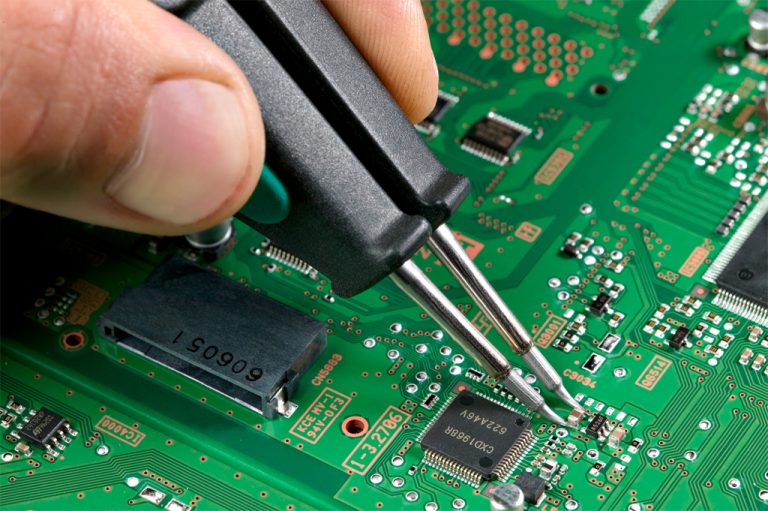* On your first PCB Assembly order!
* Up to $300 discount
 C - A L L E Y
C - A L L E Y 
Home | Events | PCB | About Us | News | Contact Us
With the development of the economy and advancements in science and technology, people are demanding more from electronic products in terms of multifunctionality, miniaturization, high density, performance, and quality. Consequently, in the PCBA (Printed Circuit Board Assembly) processing industry, high welding quality is crucial for the reliability of electronic products.
SMT (Surface Mount Technology) welding is a vital part of the assembly process for electronic devices. Without proper quality assurance in the SMT welding process, even the best-designed electronic equipment may fail to meet its design objectives. Therefore, it is essential to conduct thorough inspections of solder joints during the welding process to prevent defects from leading to substandard electronic products.
After completing SMT welding, it is important to verify the welding quality to ensure that the product functions reliably. Typically, this quality check involves a visual inspection, which includes examining not only the solder joints but also the surrounding conditions for any issues that may have arisen during the welding process. This inspection assesses the wiring and soldering at the terminals, checking for damage to the insulation of the wires, the integrity of the terminals, the bending degree and tightness of the wire hooks, and ensuring that there are no dirt or contaminants in any part of the assembly. Poor welding can lead to the failure of many electronic components during functionality tests.
Ultimately, welding in electronic products is primarily for establishing electrical connections. If products with defective electrical connections encounter issues, they must be repaired to rectify those defects.

Influence on SMT Welding During PCBA Processing
However, in actual manufacturing, welding defects commonly occur, particularly during the reflow phase. It is essential to note that these welding problems are not solely due to reflow technology; rather, they are closely related to the quality of PCB pads, the design of the steel mesh, the solderability of components and pads, the status of manufacturing equipment, and the quality of solder. Additionally, the technical parameters of each manufacturing step and the skills of the workers involved also play significant roles.
Defects can arise at any stage, impacting the overall quality of SMT welding.
One of the most critical materials in SMT is the Bill of Materials (BOM), as its quality and performance are directly linked to the effectiveness of reflow soldering. Specifically, several factors must be considered:
1. The component packaging must comply with the requirements for automatic installation procedures.
2. The design of the parts must meet SMT standards, with standard shapes and high dimensional accuracy.
3. The welding quality of the solderable ends of components and PCB pads must adhere to reflow soldering requirements, ensuring that these surfaces are free from pollution or oxidation. If the weldable ends are oxidized, contaminated, or improperly treated, various welding defects can occur, including poor wetting, false soldering, solder beads, or cavities. This is particularly critical for humidity sensors and PCB management. Humidity sensors should be stored in a drying oven after vacuum packaging, and they must be baked before the next stage of manufacturing.
Why Choose China PCBA Supplier KSPCBA as Your SMT Welding During PCBA Processing Manufacturer?
– Experienced and skilled team
– State-of-the-art equipment
– Strict quality control
– Excellent customer service
– Competitive price

Please send Email to kspcba@c-alley.com or call us through +86 13828766801 Or submit your inquiry by online form. Please fill out below form and attach your manufacturing files( PCB Gerber files and BOM List) if need quotation. We will contact you shortly.
 +86 13828766801
+86 13828766801 kspcba@c-alley.com
kspcba@c-alley.com https://www.kingshengpcba.com/
https://www.kingshengpcba.com/ 2/F, Building 6, Tangtou 3rd Industrial Zone, Tangtou Community, Shiyan Town, Baoan District, Shenzhen, China, 518108
2/F, Building 6, Tangtou 3rd Industrial Zone, Tangtou Community, Shiyan Town, Baoan District, Shenzhen, China, 518108